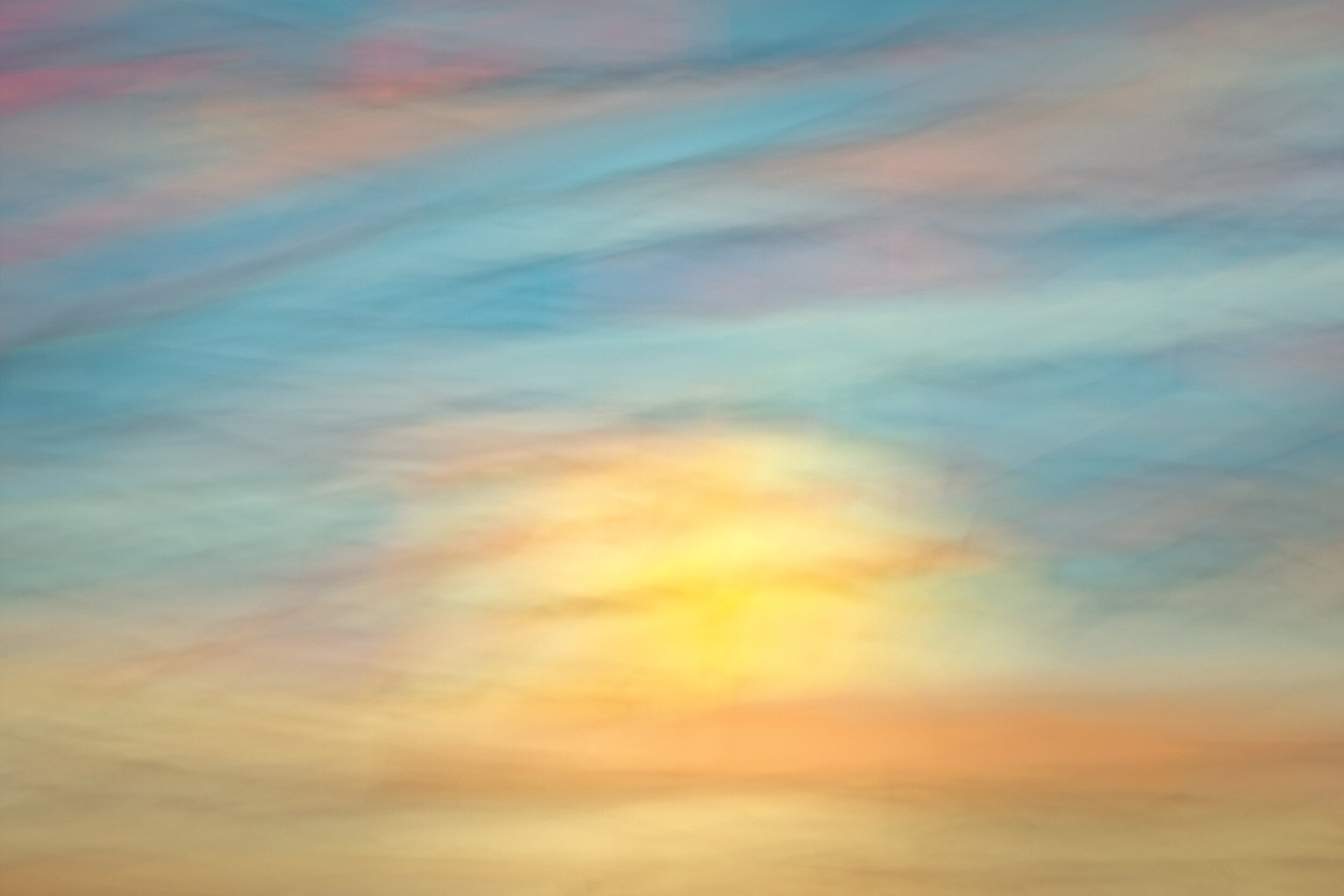The Photograph is a Lie
So, let’s get this out of the way right off the bat; as an artform, the photograph is a lie—a lie of omission surely, but a lie nonetheless. I am NOT saying that to call photography art is incorrect—it most certainly is, or at least can be—only that photography is an artform of deception. Got everyone’s blood boiling yet? Now let me clarify (assuming anyone is still reading).
Ansel Adams said, “Not everybody trusts paintings, but people believe photographs.” I think this illustrates the issue I’m getting at. For some there is an expectation of untrustworthiness in painting because the artist is not constrained by reality. At the same time, there is an inherent belief in photographs to faithfully represent that reality. Unfortunately, for both these assumptions, the opposite is true.
When a painter puts paint to canvas, that canvas contains the totality of the scene as it existed in the artist’s imagination. Nothing more is there than was present in the artist vision, and nothing is excluded (yeah, making some assumptions here about what goes on in an artist’s mind and I’ll admit that’s probably not a very good idea, but please bear with me). If there is light streaming through the forest, there’s no sun out of frame to cast that light. It was the work of the artist’s brush that placed it there. There are no fish beneath the surface of the water and no further land beyond the view of that mountain. The painter has full and total control of the world in front of you and presents it true and complete to their vision.
How does this compare with photography? Photographers have the unique task of making something, not solely from what’s within them as a painter would, but also form what’s before them. While the contents of the canvas are limited only by the painter’s imagination, what falls upon the film of the photographer is only what is there before them, oft times, preexistent of the photographer themselves. But it is ALL too much. The truth of the world is much too vast and complex to all be conveyed in a photograph. The photographer must decide what to omit, and in doing so, must as a matter of consequence, deceive the viewer.
All of this requires compositional selectivity in what to include and what to exclude, as well as how to represent what is included through lens choice and camera settings, and even postprocessing. It is not a malicious deceit (or at least shouldn’t be), but a deception of creativity. It is a weaving of the reality before us into a new truth, a personal truth of our own making.
So a painting points not out into the world of reality and substance, but into the mind and imagination of the artist. Therefore a painting can always be true to that reality. A photograph however, does point out into the world, but the intrinsic nature of the photographic image requires it to falsely represent that reality. What’s more, the photographer must choose what to exclude from the frame and how to represent what is included, and in doing so, is forced to deceptively portray the scene before them.
That’s where the magic happens. Because the photograph is a visual lie, the photographer must pour into it a transcendent, personal truth. The artistic truth of the photograph comes not from the photograph itself, but from photographer. The photograph may be lying, but the true photographer, the one true to themself, does not.
Too often the viewer loses sight of this fact and attempts to apply an innate truth to the image. When this happens, the viewer has deceived themselves into believing the photograph is something it is not and has removed the photographer from their rightful place as the creator of that artistic truth.
“They just took a picture of something beautiful,” the observer may think to themselves, discounting the fact that the opposite was true. The photographer made the scene beautiful, by making the photograph lie about what it saw.
The painter paints the world as it exists in their mind, and while that may make the painting true, it isn’t real. The photographer shows you the world, not as is existed, but as they wished to show it. The photograph may not be true, but is there anything more real?
So is photography really a lie? Maybe, maybe not. This was all just a metaphor, and metaphors, well, there is something of a lie about them, isn’t there?



